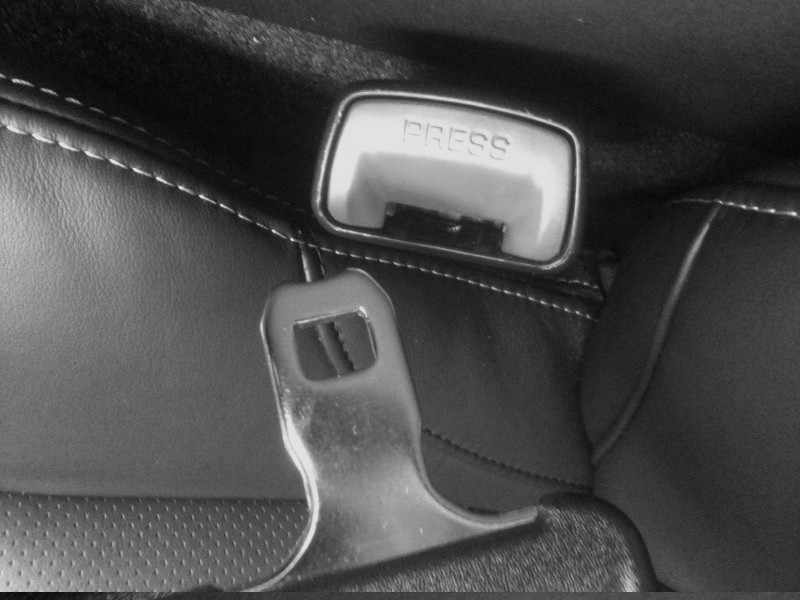Seat belt usage is crucial for road safety, but not everyone follows this simple yet life-saving practice. To address this issue, the National Highway Traffic Safety Administration (NHTSA) is implementing new rules to encourage more people to buckle up.
Starting from September 1, 2026, all new cars sold in the U.S. will be required to have enhanced front seat belt reminders. These reminders will feature longer-duration audio and visual warnings for the driver, as well as a reminder for the front-seat passenger. Additionally, rear seat belt reminders will become mandatory from September 1, 2027.
Despite high seat belt usage rates of 91.6% for drivers and front-seat passengers, and 81.7% for rear-seat passengers, the NHTSA reports that unbelted vehicle occupants accounted for nearly 50% of traffic fatalities in 2022. Seat belts have been shown to reduce the chances of death or injury by 45-50% in passenger cars and 60-65% in light trucks.
The introduction of mandatory rear seat belt reminders is expected to significantly improve rear seat safety. This aligns with the Insurance Institute for Highway Safety’s (IIHS) focus on rear seat occupant protection, as evidenced by their revised crash tests which now include a rear-seat dummy.
While failing to use a seat belt already results in a ticket in most states, the new rules will further encourage compliance through enhanced reminders. Many automakers already incorporate seat belt reminders for all occupants, so this requirement should not be a significant change.
In addition to the seat belt reminder regulations, the NHTSA has also finalized rules for automatic emergency braking systems and implemented more rigorous crash-test criteria, including tests for pedestrian safety. These measures aim to enhance overall vehicle safety and reduce the number of traffic-related injuries and fatalities.







